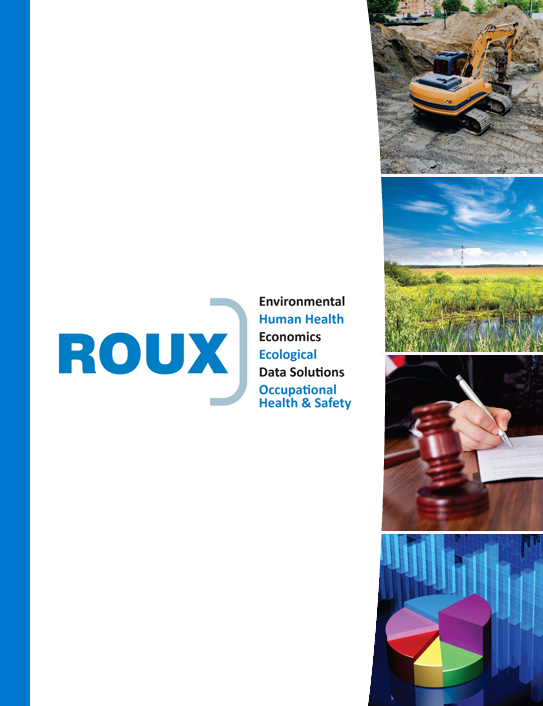Microplastics in Drinking Water: What’s New in California?
Definition: Microplastics in drinking water are defined as solid polymeric materials to which chemical additives or other substances may have been added, which are particles which have at least three dimensions that are greater than 1 nm and less than 5,000 micrometers (µm). Polymers that are derived in nature that have not been chemically modified (other than by hydrolysis) are excluded.
Can you think of anything more ubiquitous in both commercial and consumer lives than plastics? While many thought the need and demand for such assessments were a long ways off, in fact, on Wednesday, September 7th, the California State Water Resources Control Board (SWRCB) established new analytical methods for microplastics in drinking water and adopted their final Policy Handbook Establishing a Standard Method of Testing and Reporting of Microplastics in Drinking Water (“the Microplastics Handbook”).
These steps by the SWRCB are generally in line with California’s 2018 Senate Bill 1422 (SB 1422), requiring the SWRCB to address microplastics in drinking water by adopting sampling methodology, testing requirements, considering notification levels, and accrediting California labs for analytical methods. The establishment of analytical methods now makes it possible for state and local agencies to require water purveyors, stormwater agencies, and/or dischargers to collect and analyze water samples for microplastics in a defensible manner.
At the moment, there are no regulatory levels for microplastics in surface water or drinking water; however, SWRCB staff has mentioned a preliminary Non-Regulatory Drinking Water Screening Level for specific microplastics of 6.4 nanograms per liter.
The Microplastics Handbook outlines the current plan where one year of voluntary/optional sampling will be conducted by the SWRCB, in concert with the Southern California Coastal Water Resources Center, to be followed by four years of water purveyor monitoring in a scaled-up manner. Sampling and analysis will surely expand over time.
Microplastics will inevitably be detected in some of these drinking water systems, especially surface water-derived sources. What regulators will do with monitoring data reported and potential consequences for water purveyors, consumers, and industry is still uncertain. The formal adoption of regulatory-approved drinking water analytical methods implies that such data can now be collected to identify the extent and magnitude of microplastics in water sources, which may lead to enforceable drinking water, surface water discharge, and/or ambient water body limitations to address human and/or ecological concerns. This trajectory could have widespread implications for plastics in commerce and for companies, counties, cities, and individuals, including primary plastics manufacturers, secondary users of plastics (e.g., for packaging), manufacturers using plastics in their products, manufacturers/businesses, property owners subject to waste/recycling or discharge/stormwater regulations, and drinking water providers and consumers.
In parallel, the State of California is studying ocean/coastal water/aquatic microplastics levels and risks, and is also having the California Department of Toxic Substances Control consider adding some variation of microplastics to its Green Chemistry candidate chemical list.
Do you have microplastics questions and/or concerns? Click on the link below, and one of our experts will connect with you.

